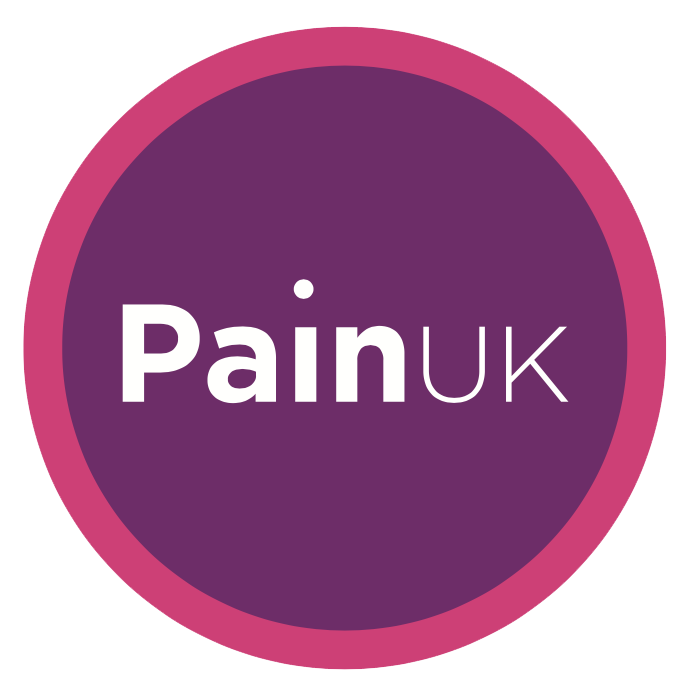We hope that none of our readers will have daughters/grandaughters with endometriosis. Perhaps this piece from Endometriosis UK will help you to recognise the problem if it arises in a girl you know.
Whilst the majority of endo diagnoses are made in adult women, it is becoming apparent that, endometriosis is a disease of adulthood that has its onset in adolescence. In recent times the proportion of young women being diagnosed with endo is increasing. Whether this is due to better awareness about endometriosis among young women and medical professionals, or that the condition is genuinely becoming more prevalent in this population remains to be clarified, although I suspect the former.
As with other chronic conditions, understanding how a disease initially presents is important for early recognition, treatment and the future wellbeing of the patient. This is highlighted by the finding that women with endo who experienced pelvic pain symptoms at a younger age, but were not immediately treated, had more severe painful sex, painful urination and heavy bleeding as an adult1. By making it easier to identify young women with endometriosis, it may be possible to improve the effectiveness of treatment and reduce the terrible burden this disease places on sufferers. The formative years of any person’s life are a time of intense personal development, adjustment and education, all of which can be disturbed by a debilitating condition like endometriosis.
The most appropriate question now is, how can we identify young women who may have endometriosis? Perhaps the most obvious answer is to look for the symptoms typically associated with endo, such as dysmenorrhea (excessively heavy/painful periods), and chronic pelvic pain. Studies have shown that, in young women (that is to say women aged under 22) that report suffering chronic pelvic pain, between a quarter and a half will eventually be diagnosed with endometriosis2. Additional studies have shown that, in young girls with chronic pelvic pain that doesn’t respond to treatment, such as painkillers and oral contraceptives, the eventual diagnosis of endometriosis increases to 50-70%3 and increased even further to 75% if they also suffered from dysmenorrhea. Already then we have a strong indicator of endometriosis in young women, but understanding how and when these symptoms occur may give us a better insight into identifying those girls with the condition at an early age. After looking at how young women with endo experienced their pain, it was found that a combination of cyclical and non-cyclical pain was experienced by 63% of girls and, interestingly a third of girls reported intestinal pain3.
- http://www.ncbi.nlm.nih.gov/pubmed/12742183
- http://www.ncbi.nlm.nih.gov/pmc/articles/PMC3935015/
- http://www.ncbi.nlm.nih.gov/pubmed/9391902
by Jane Hudson Jones
